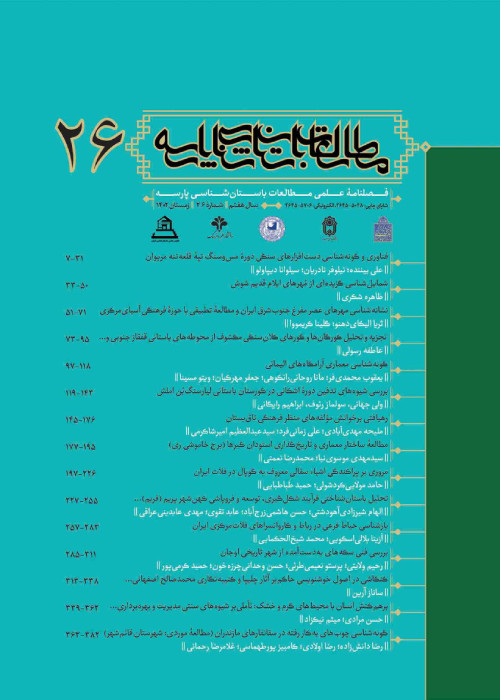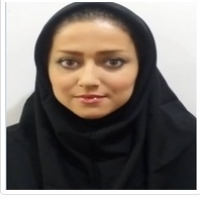Study of Motifs in the Governmental and Public Bathhouse Architecture During the Qajar Dynasty in Sanandaj
Studying architectural decorations in public buildings leads to identifying the artistic features of the buildings and also representing the interests of their builders and ordinary people. Bathhouses are public buildings with special importance in Persian culture. They were also among the most important urban buildings after the Islamization of Iran. The reason for such special attention is the sanctity of water and the significance of washing ceremonies among Persians. Sanandaj city had been traditionally one of the cleanest cities in Iran and a proper resort for nobles and government officials. This study uses a descriptive-analytical method and adopts a historical and comparative approach. The data was gathered using field and library research methods. The research questions are (1) what were public and governmental bathhouses during the Qajar dynasty and who were their builders? (2) What kind of decorations were mostly used in these bathhouses? (3) What architectural motifs were used in these bathhouses? The main objective of the current study includes studying prominent public and governmental bathhouses ad their decorations during the Qajar dynasty. The results indicated that a large portion of the decorations for changerooms, washrooms, and rinse rooms are composed of ornamental elements, such as lime work, tiling, and wall paintings. The decorative motifs include pictures of animals, plants, geometrical shapes, tools, and celestial bodies. Plant and celestial motifs are composed of arabesques indicating plurality in unity and unity in plurality. Animal motifs include lions, dragons, birds, goats, eagles, peacocks, and snakes, indicating the victory of right over wrong and a sign of justice. Therefore, the symbolic meaning of these motifs is common for all bathhouses during the era.
- حق عضویت دریافتی صرف حمایت از نشریات عضو و نگهداری، تکمیل و توسعه مگیران میشود.
- پرداخت حق اشتراک و دانلود مقالات اجازه بازنشر آن در سایر رسانههای چاپی و دیجیتال را به کاربر نمیدهد.



